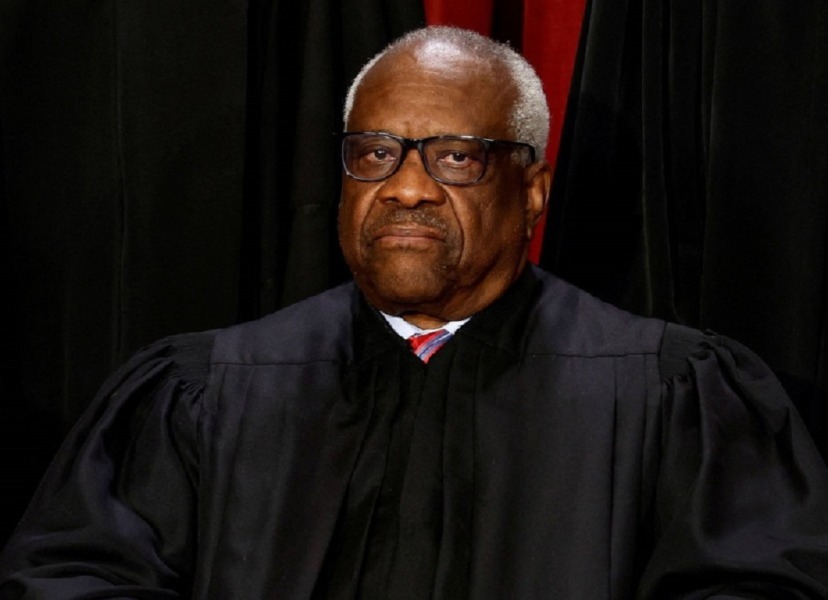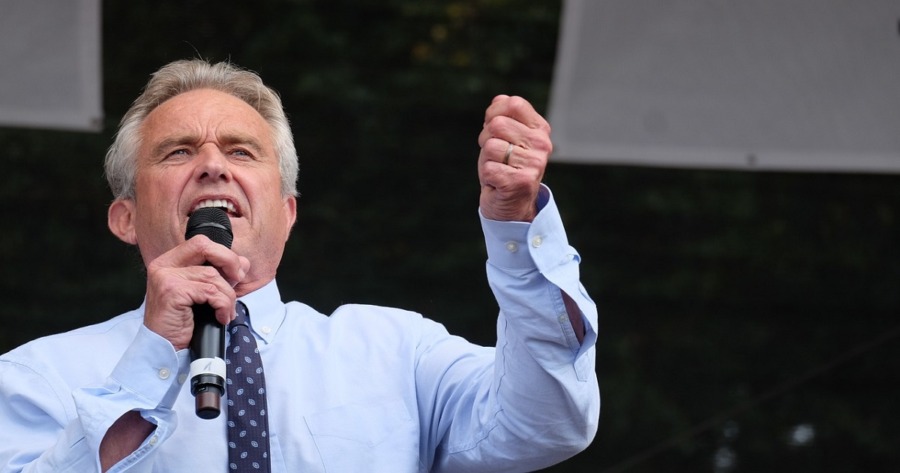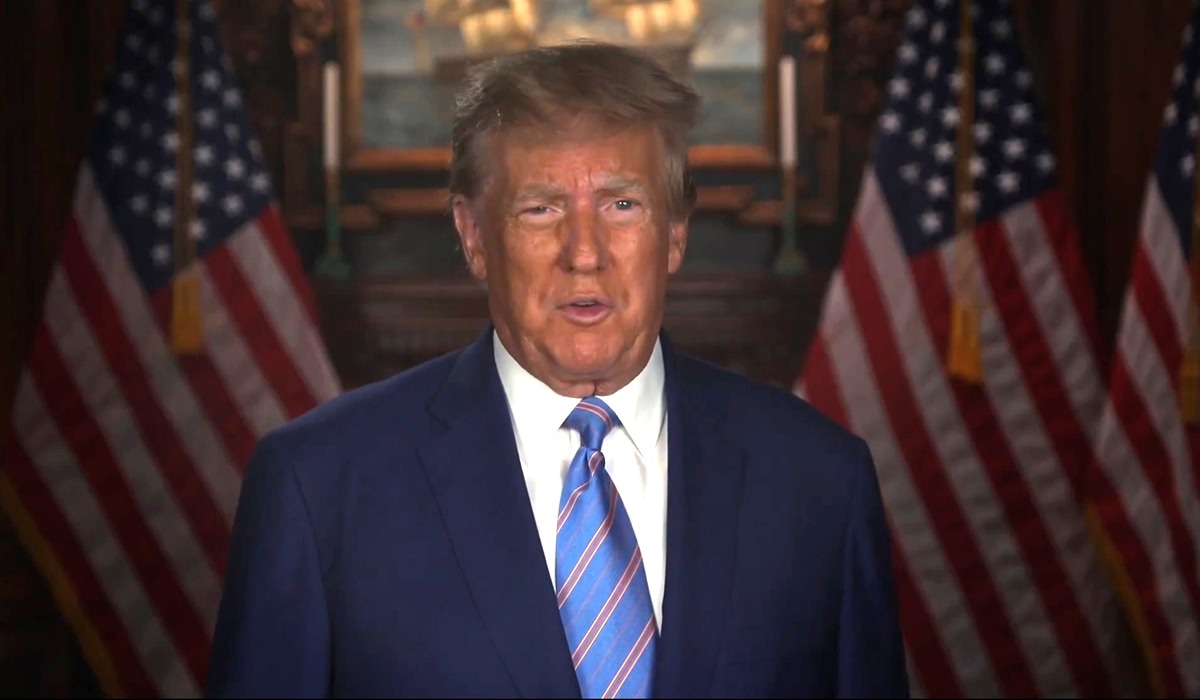Justice Clarence Thomas occupies a position of immense power as he sits on the highest court in the United States, a lifetime appointment that grants him significant influence over the nation’s laws and policies. Removing a Supreme Court Justice from this esteemed position is a complex process that hinges on a few key factors.
First and foremost, the two ways a sitting Supreme Court Justice like Clarence Thomas can be removed is death or the U.S. Congress’s impeachment. This demanding process requires the House of Representatives and the Senate to act. It’s crucial to emphasize that this process is rarely invoked, and in the case of Justice Thomas, it has not been initiated.
In 1805, Associate Justice Samuel Chase found himself in a unique and historic position as the only Supreme Court Justice to face impeachment. The House of Representatives took the extraordinary step of passing Articles of Impeachment against him, alleging improper judicial conduct and a perceived bias in his rulings. Despite this formidable action by the House, Justice Chase ultimately managed to avoid removal from the bench when the Senate acquitted him. This episode from the past underscores the rarity and complexity of impeaching a Supreme Court Justice, highlighting the significant hurdles involved in such proceedings.
The process of removing a US Supreme Court Justice begins with the House of Representatives, which must draft and pass articles of impeachment by a simple majority vote. These articles of impeachment would typically outline the specific charges or allegations against the Justice. However, in today’s highly partisan political climate, the willingness of Congress to overlook questionable decisions and pursue impeachment has dwindled. To complicate matters further, the US House of Representatives is controlled by the slimmest margin by the Republican Party.
Subsequently, the Senate must conduct a trial to decide whether to remove the Justice from the Supreme Court. To achieve removal, a two-thirds majority vote in the Senate is required. This means that a significant bipartisan consensus is necessary, as both Republicans and Democrats must agree on the removal of a Supreme Court Justice. If they could not get there when the former US President Trump was impeached two times, they certainly will not have the votes to remove a sitting Republican Justice.
The current political landscape in the United States has seen a growing partisan divide, with Congress often prioritizing party loyalty over the pursuit of justice or accountability. This is evident in the reluctance to impeach a sitting Supreme Court Justice and other instances, such as the denial of the January 6th insurrection’s significance by some members of the GOP.
While it is important to note that neither party is free of flaws or controversies, the Republican Party has faced criticism for what some perceive as a tendency to cater to far-right ideologies and, at times, circumvent the principles of a peaceful transfer of power. The Democrats, on the other hand, have taken a different approach and have not been seen as fueling these far-right ideologies.
The dynamics of party loyalty and ideology play a significant role in shaping the course of American governance. In a nation built on laws and rules, the question arises: why do we maintain mechanisms to remove those from office who act contrary to their positions when party ideology often trumps these principles? The current political climate highlights this challenge, as the process of accountability and removal becomes increasingly complex. To move forward as a nation and ensure accountability, finding mechanisms that hold elected officials accountable without falling into the trap of political persecution narratives is crucial. It’s a delicate balance, but one that is essential to maintain the integrity of our democratic system and uphold the rule of law.
In the case of Justice Clarence Thomas, the controversy surrounding his acceptance of extravagant gifts and favors underscores the need for transparency and accountability. The question remains: How can America ensure that those who rightfully commit wrongdoings are held accountable, free from the influence of partisan rhetoric? Striking this balance is vital to maintain the American people’s trust in their elected officials and institutions, ensuring that the rule of law remains the bedrock of our democracy.









